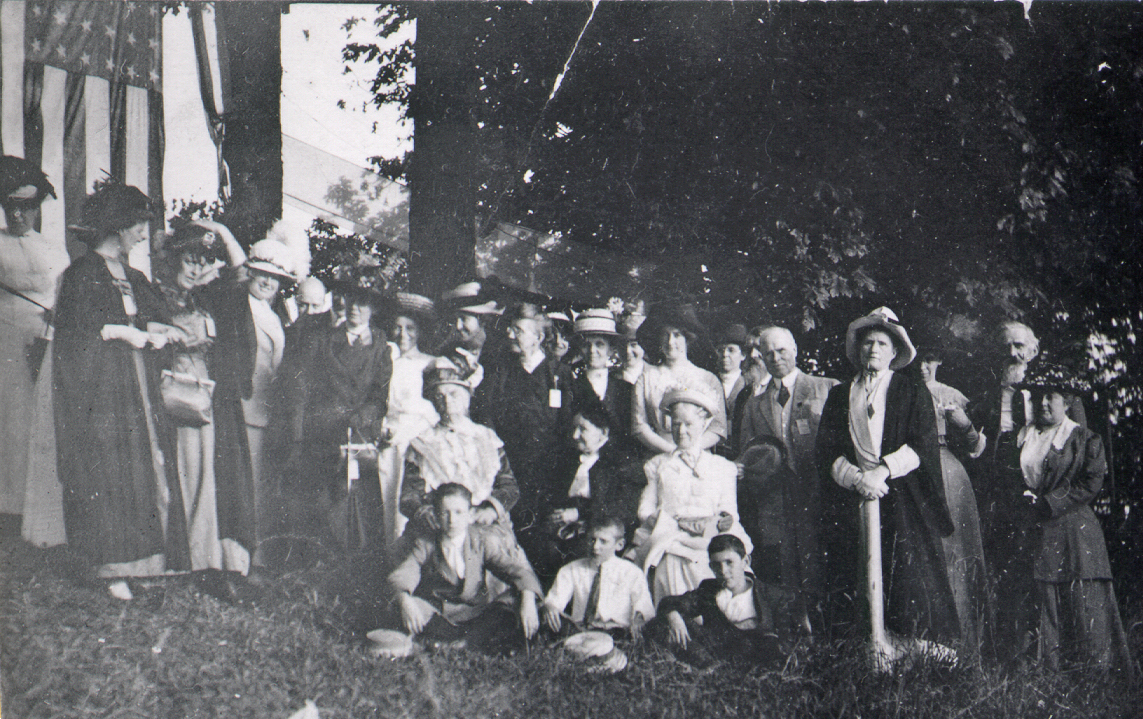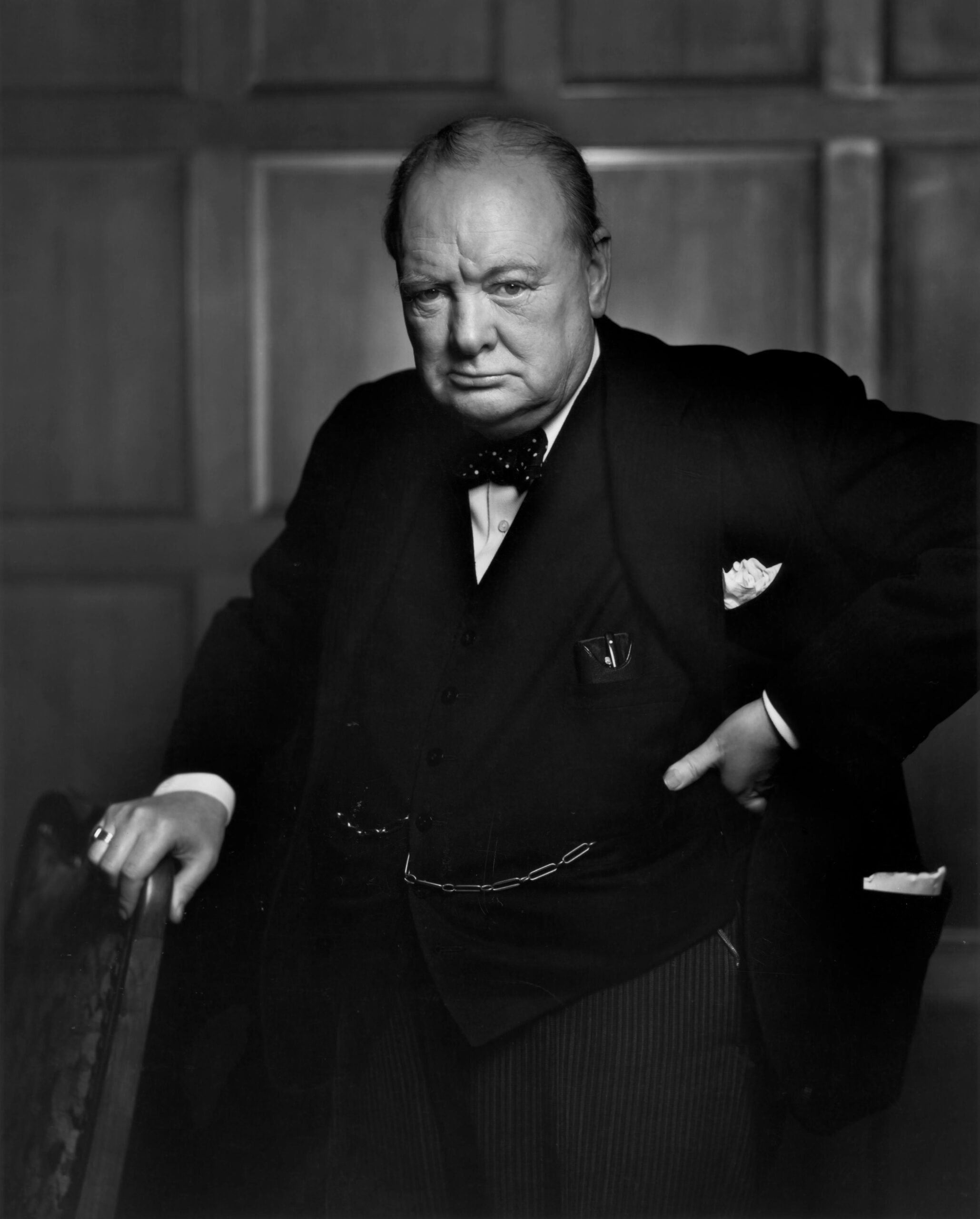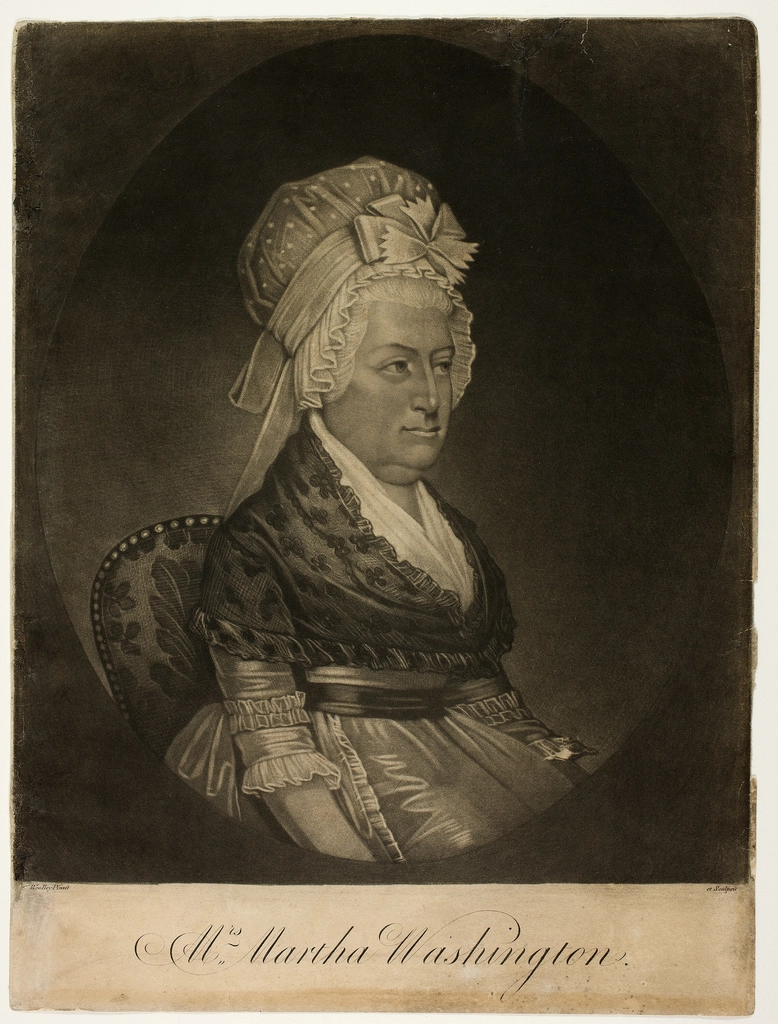The Militant White House Pickets Changed Everything
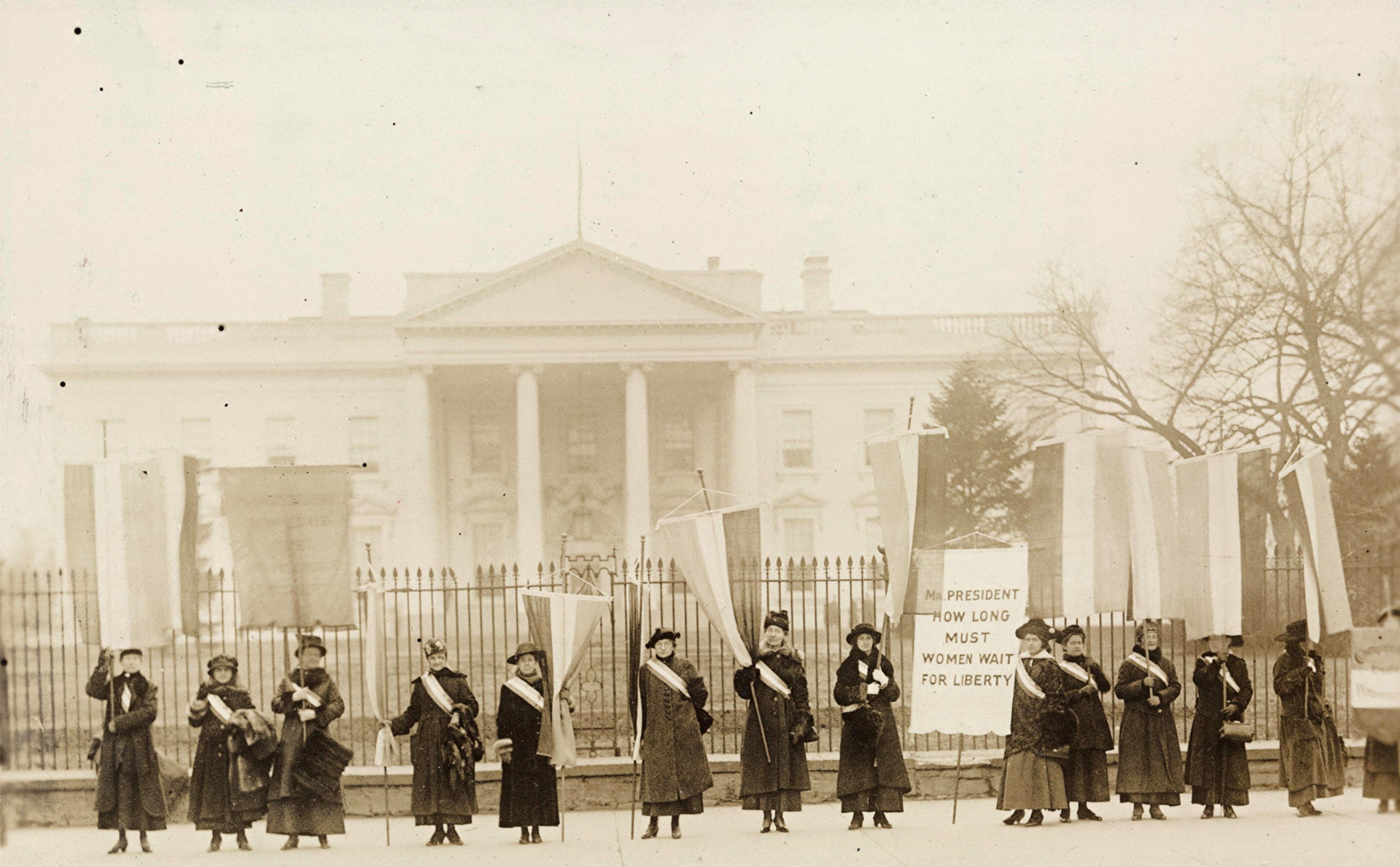
Picture this: for two and a half years, over 2,000 women stood outside the White House gates, holding banners in silent protest. Following a January 1917 meeting with President Woodrow Wilson, the NWP launched what became a two and a half year protest outside the White House involving a total of more than 2,000 women who picketed and went on hunger strikes. These women weren’t just standing around politely asking for voting rights – they were called the Silent Sentinels because they made their point without saying a word.
But here’s what really shocked the nation: During these two and a half years, women were harassed, beaten, arrested, and served jail time. In prison, suffragists endured beatings and violent force-feedings. When word got out about the brutal treatment these women faced in jail, including forced feeding during hunger strikes, public opinion began to shift dramatically. Wilson himself was appalled by these reports.
World War I Became Their Secret Weapon
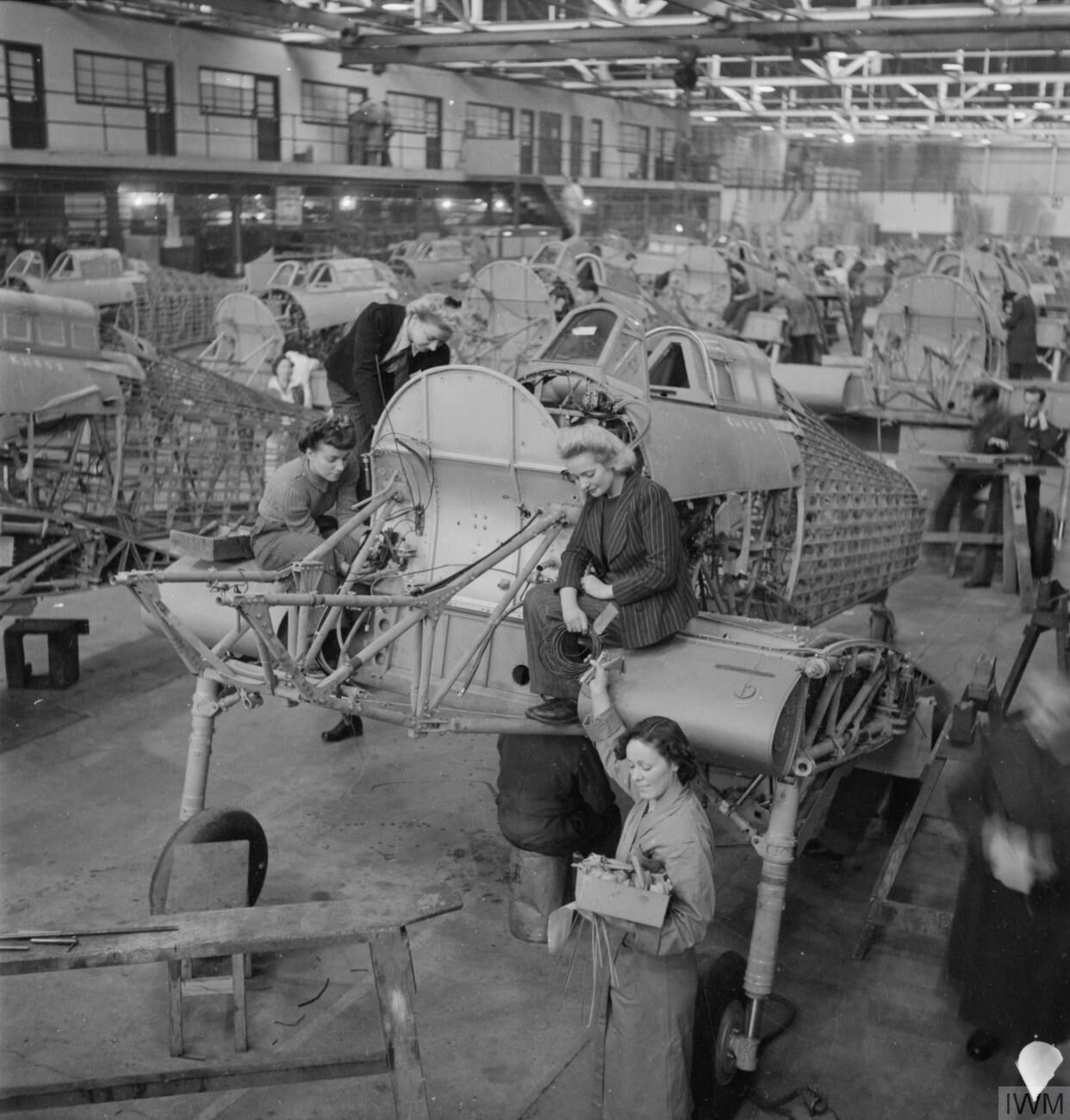
The war that many thought would derail the suffrage movement actually gave it the boost it needed. The industrial demands of modern war meant that women moved into the labor force and contributed to the war effort on the home front. As women filled jobs vacated by men fighting the war overseas, public attitudes toward women’s role in American democracy began to shift dramatically. Women were literally keeping America running while men fought overseas.
Suffragists were smart about this opportunity. They connected their cause directly to the war effort, arguing that if women were good enough to serve their country in wartime, they deserved the right to vote. “Suffragists conscripted rhetorical claims advanced in favor of the war, and pointed to women’s key role on the home front, to bolster their arguments in favor of domestic expansion of voting rights.”
President Wilson’s Dramatic About-Face
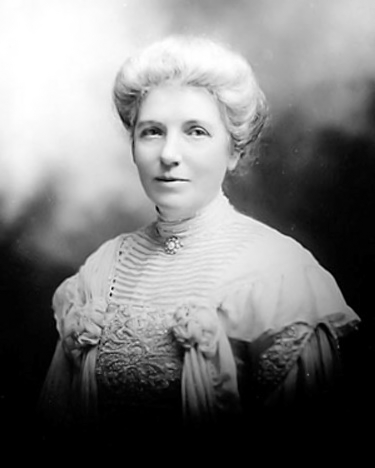
Wilson had been lukewarm about women’s suffrage for years, but everything changed in 1918. In a 1918 speech before the Congress, Wilson – for the first time in his time in office – publically endorsed women’s rights to vote. Realizing the vitality of women during the First World War, President Wilson asked Congress, “We have made partners of the women in this war… Shall we admit them only to a partnership of suffering and sacrifice and toil and not to a partnership of privilege and right?”
What pushed Wilson to finally take a stand? Wilson was appalled to learn that the jailed suffragists were being force-fed and he finally stepped in to champion their cause. Wilson, appalled by the hunger strikes and worried about negative publicity for his administration, finally agreed to a suffrage amendment in January 1918. The combination of bad publicity and his recognition of women’s war contributions forced his hand.
New York’s Stunning Victory Set the Dominoes Falling
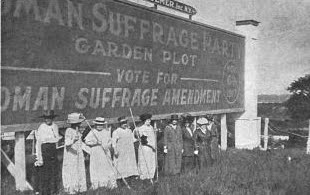
The 1917 New York suffrage victory was absolutely massive – and nobody saw it coming. The vote for a women’s suffrage amendment to the New York State constitution in November 1917 was a huge gamble. A well-organized referendum campaign in 1915 had lost by nearly 200,000 votes, carrying only a few upstate counties. Yet two years later, everything changed.
The woman suffrage amendment to the New York State constitution didn’t pass in 1915, losing in the election when 748,332 men said “No” and 553,348 men voted “Yes.” This time the woman suffrage amendment was passed when 703,120 men voted “Yes” and 600,776″ voted “No.” This dramatic reversal sent shockwaves through the political establishment and gave massive momentum to the national movement.
The Power of Numbers and Political Clout
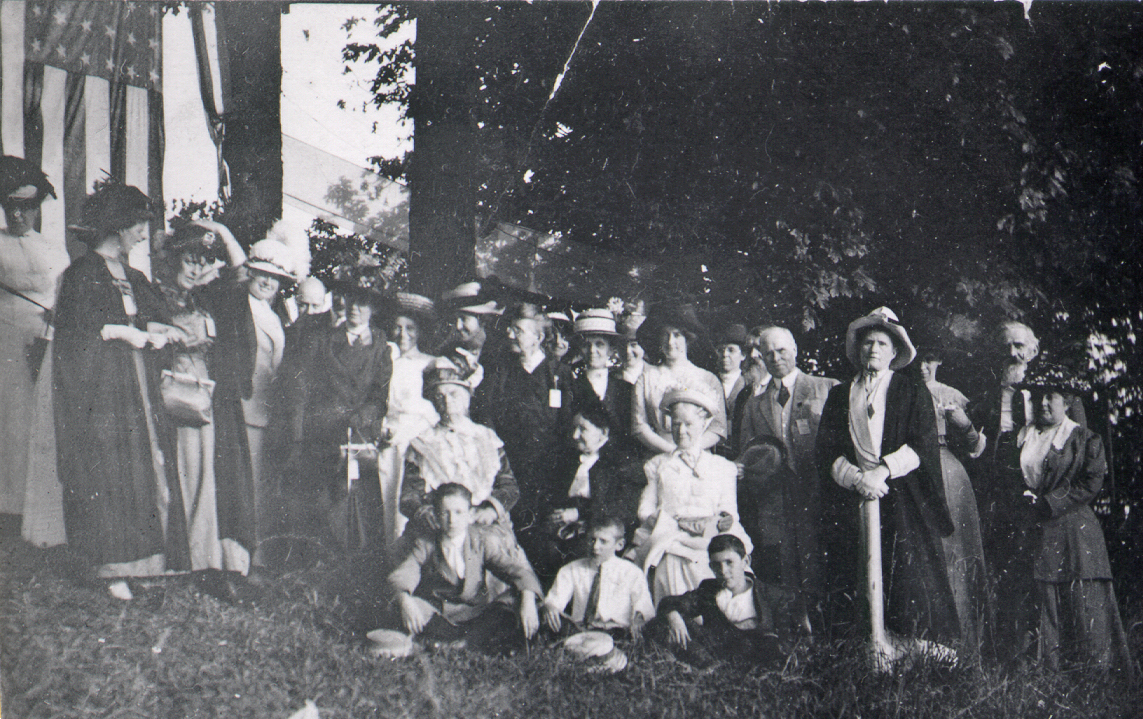
By 1916, the suffrage movement had become a political powerhouse. In NAWSA, suffragists had built a mass movement of approximately two million members by 1916. A board of wealthy women devoted themselves full time to the cause, creating a well-financed lobbying, advertising, and political organization. This wasn’t just a grassroots movement anymore – it was a sophisticated political machine.
Having all the delegation’s members dependent upon women’s votes for their re-election should help with getting the Anthony Amendment through Congress and sent to the States for ratification. New York’s 43 Electoral Votes can now be added to the 172 in States where women already have full suffrage – or partial suffrage and the right to vote for President – so women’s votes will always be crucial to anyone running for the Presidency.
Congress Finally Felt the Heat
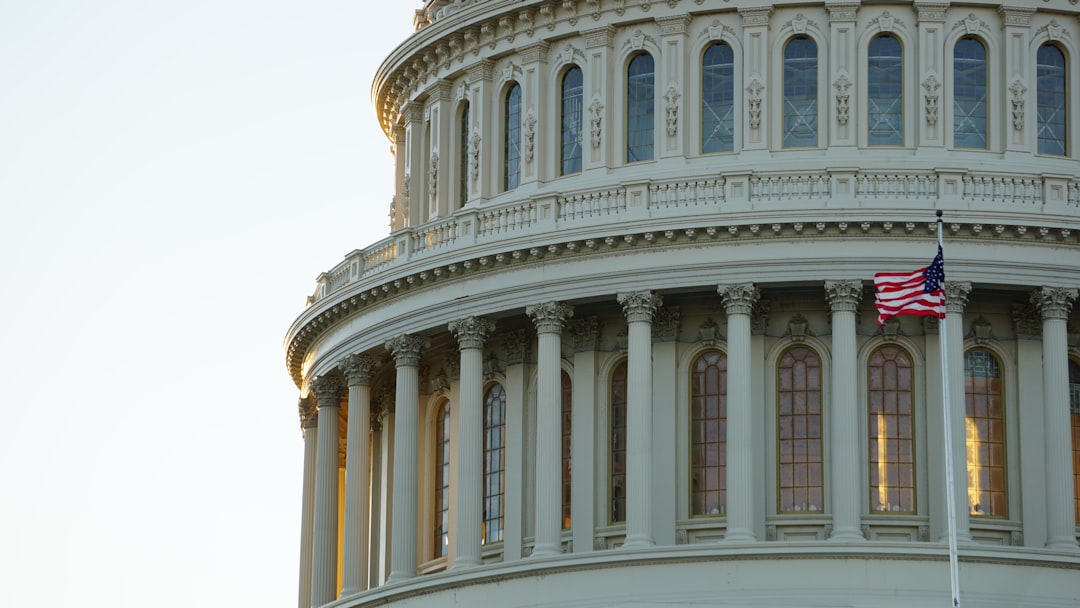
The political pressure became impossible to ignore by 1919. With increasing pressure from the public, lawmakers in both parties were anxious to pass the amendment and make it effective by the 1920 general election. To try and get the amendment passed in time for the next year’s election, President Wilson called a special session of Congress and in the spring of 1919, The House of Representatives passed the amendment followed by the Senate just a few months later.
In May, the House of Representatives passed it by a vote of 304 to 90; two weeks later, the Senate approved it 56 to 25. After 42 years of being introduced and ignored in every session of Congress, the stars had finally aligned.
The Strategy Split That Actually Worked
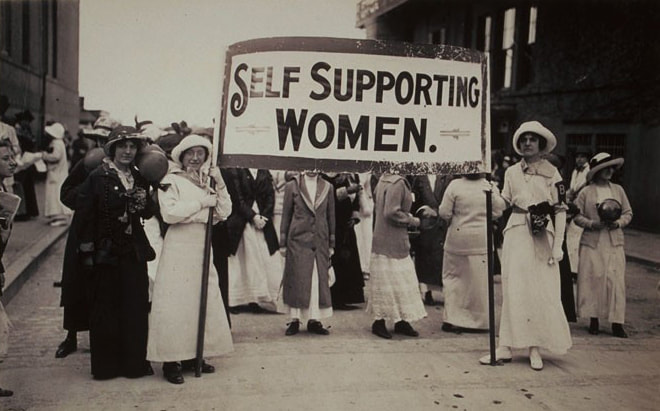
The movement’s success came partly from having two different approaches working simultaneously. In 1916, NAWSA president Carrie Chapman Catt unveiled what she called a “Winning Plan” to get the vote at last: a blitz campaign that mobilized state and local suffrage organizations all over the country, with a special focus on those recalcitrant regions. Meanwhile, a splinter group called the National Woman’s Party founded by Alice Paul focused on more radical, militant tactics—hunger strikes and White House pickets, for instance—aimed at winning dramatic publicity for their cause.
While the moderate NAWSA worked within the system, the radical National Woman’s Party kept the pressure on with dramatic protests that couldn’t be ignored. This two-pronged approach meant politicians faced pressure from all sides.
The Western States Paved the Way
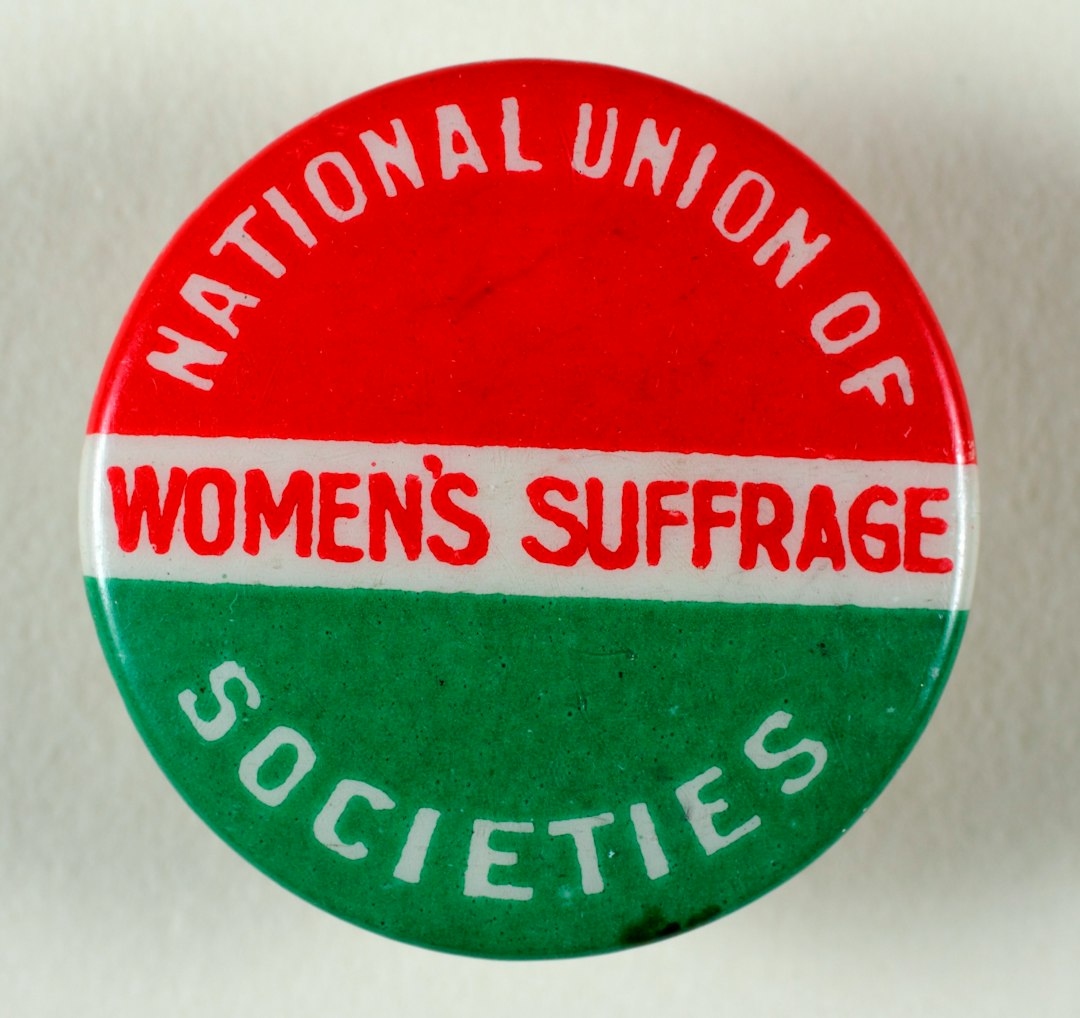
By 1917, the momentum was building across the country. Some pursued a strategy of passing suffrage acts in each state—nine western states adopted woman suffrage legislation by 1912. By 1916, almost all of the major suffrage organizations were united behind the goal of a constitutional amendment. These early victories in western states proved that women’s suffrage could work and helped build the case for national action.
Starting in 1910, some states in the West began to extend the vote to women for the first time in almost 20 years. Idaho and Utah had given women the right to vote at the end of the 19th century. Each state victory made the next one easier to achieve.
The Technology and Media Revolution
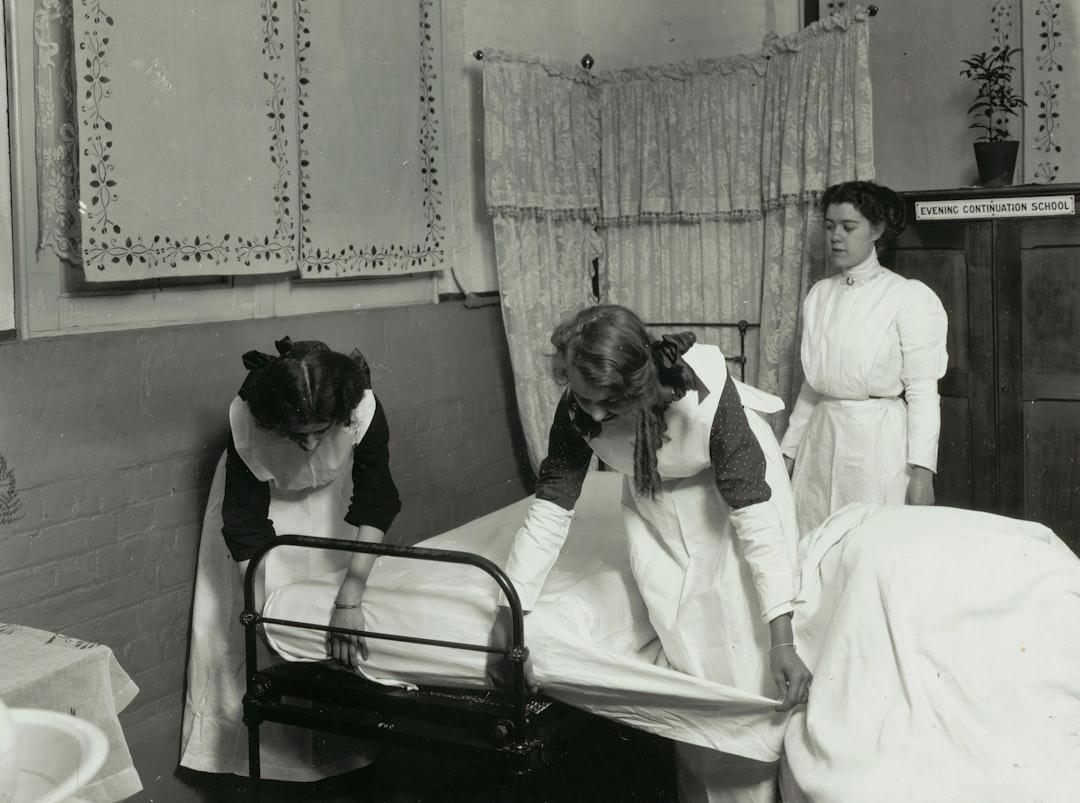
The suffragists were masters of modern communication and publicity. Headquartered on two floors of a Manhattan skyscraper, they deployed the latest technologies to persuade Americans of women’s right to vote and maintained transnational and intercontinental connections. They transformed NAWSA into a modern, urban, cosmopolitan lobby for women’s right to vote. This wasn’t your grandmother’s social movement – it was a cutting-edge political operation.
Suffragists learned to be masters of public relations, using eye-catching slogans and even piloting airplanes to publicize their cause. They understood that in the modern age, getting attention meant everything.
The Critical Tennessee Moment
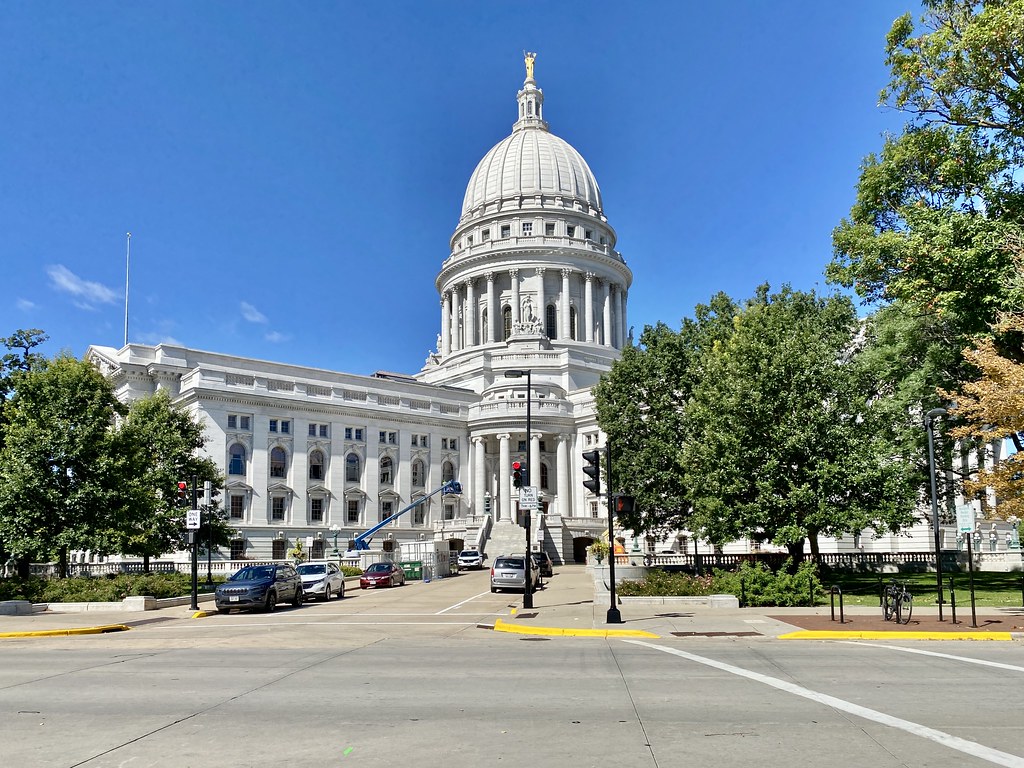
The final ratification came down to one vote in one state – and it almost didn’t happen. In the summer of 1920, the Tennessee State Senate voted to ratify the amendment, but the State House of Representatives still had to vote. A young state representative, Harry Burn, wore an anti-suffragist pin and voted against the amendment in what would be a tie vote. Harry had been internally conflicted so when a letter from his mom was delivered to him in the chambers before the revote, he took her advice. His mother urged him to “be a good boy” and vote for the amendment. In the revote, Burn cast the tie-breaking vote making Tennessee the 36th state to ratify the amendment allowing it to be adopted.
On August 18, 1920, it appeared that Tennessee had ratified the amendment – the result of a change of vote by 24 year-old legislator Harry Burn at the insistence of his elderly mother. Sometimes the most important political decisions come down to a son listening to his mother’s advice.
The Perfect Storm of Circumstances
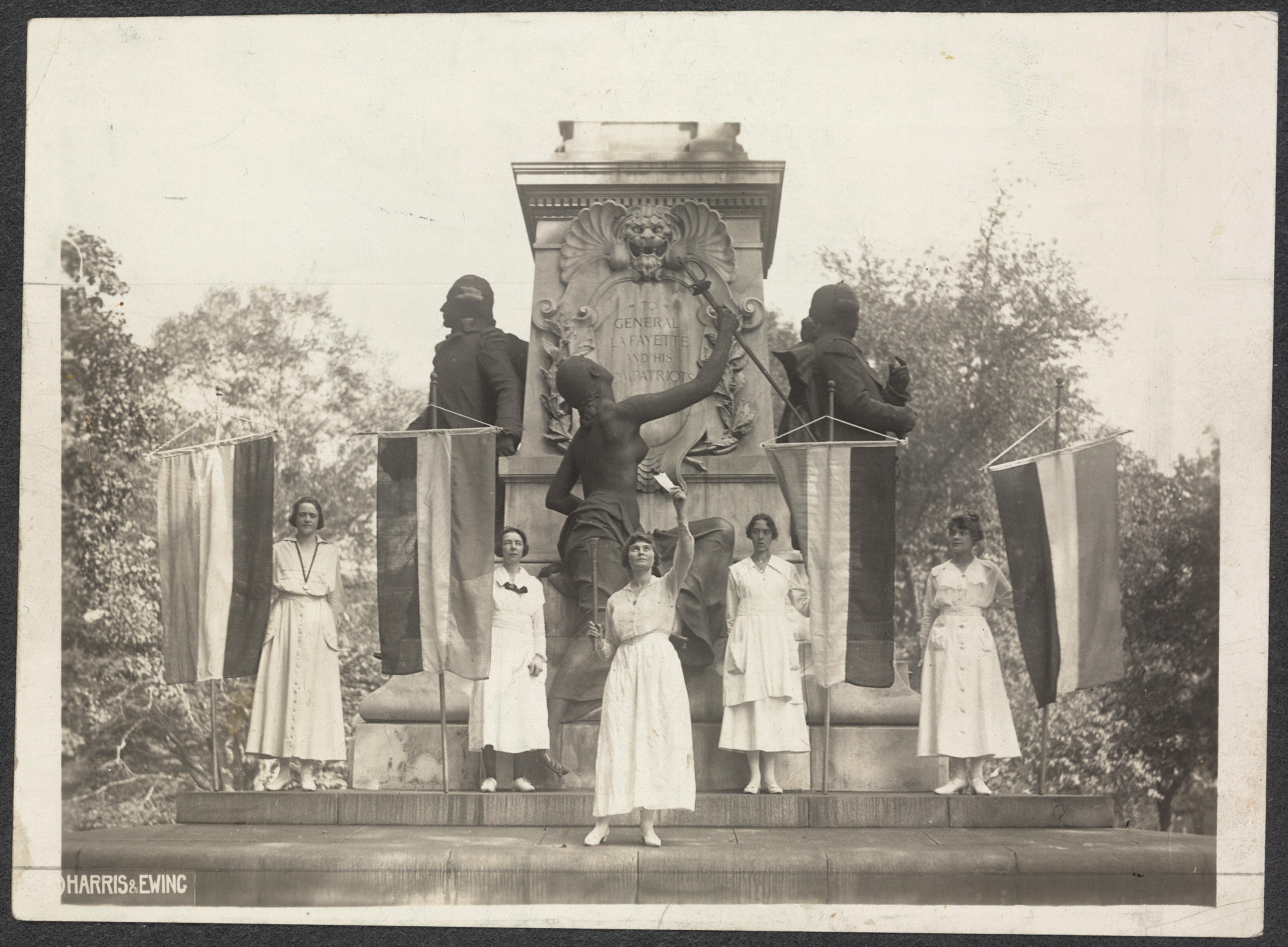
The final victory wasn’t just about one factor – it was the convergence of multiple forces at exactly the right moment. When New York adopted woman suffrage in 1917 and President Wilson changed his position to support an amendment in 1918, the political balance began to shift. The war demonstrated women’s capabilities, the militant protests created urgency, and the massive organizing machine made it impossible to ignore.
World War I slowed the suffragists’ campaign but helped them advance their argument nonetheless: Women’s work on behalf of the war effort, activists pointed out, proved that they were just as patriotic and deserving of citizenship as men. The very thing that seemed like it would derail their cause became their strongest argument for why they deserved the vote.
The women’s suffrage movement’s final victory came from a combination of brilliant strategy, perfect timing, and sheer determination. After decades of polite requests and patient lobbying, it took militant protests, a world war, and a mother’s letter to her son to finally push the 19th Amendment across the finish line. Who would have guessed that the key to women’s voting rights lay in such an unexpected mix of factors?

